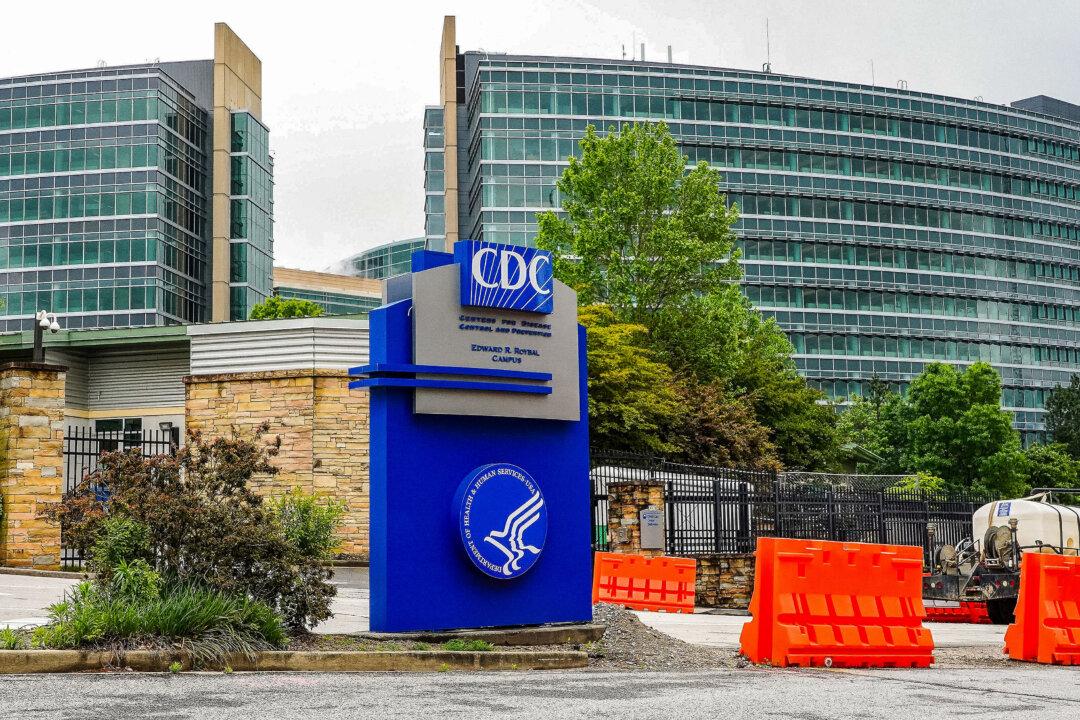President Joe Biden issued a Sunday afternoon update on the federal government’s response to Hurricane Ida, which made landfall in southeastern Lousiana as a Category 4 storm.
“This is going to be a devastating hurricane,” he said at the Federal Emergency Management Agency (FEMA) headquarters, adding to locals that they should “please take precautions... take it really very seriously.”





